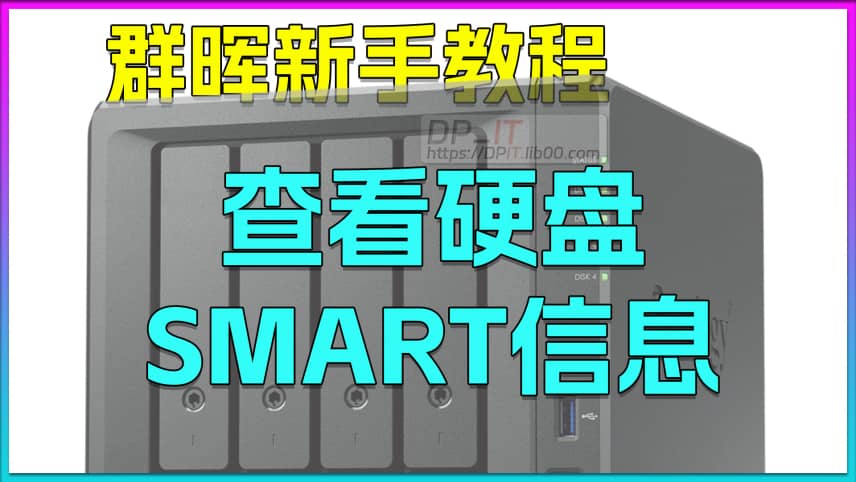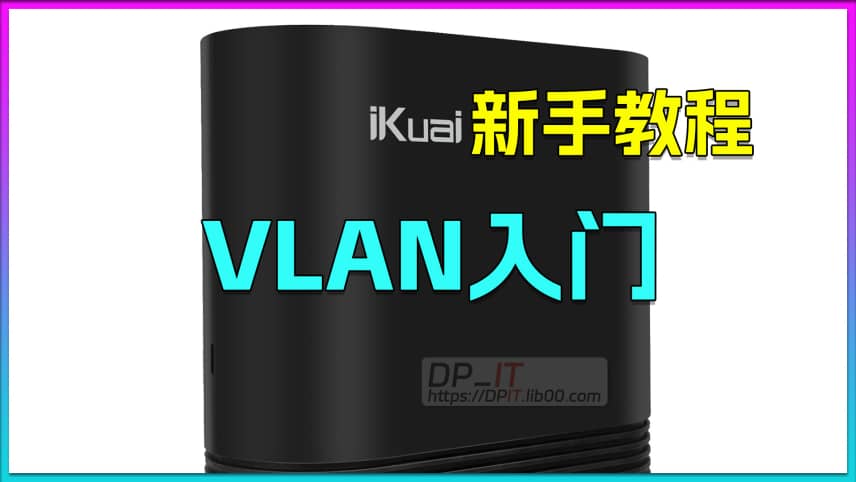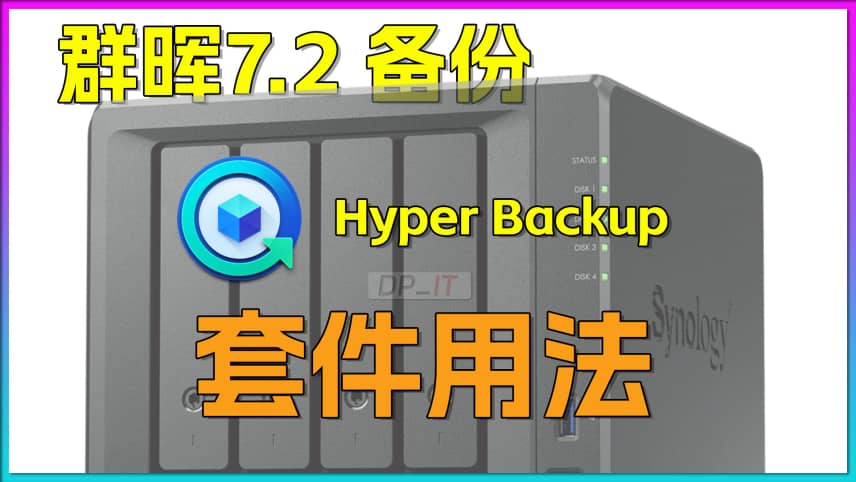
Synology Hyper Backup Guide for DSM 7.2
Summary Content
# Synology Hyper Backup Guide for DSM 7.2
## 📋 Video Overview
This comprehensive tutorial demonstrates the complete usage guide for Synology Hyper Backup in DSM 7.2, featuring detailed comparisons between multi-version and single-version backup strategies through practical demonstrations, helping users choose the optimal backup solution for their important data.
---
## 🎯 Core Content
### What is Hyper Backup?
Hyper Backup is an essential backup software for Synology NAS systems, indispensable for virtually all users requiring backup functionality. Its primary application scenario is **cross-disk backup on the same device** — by inserting a dedicated backup drive, important data (such as photos and documents) from active drives can be regularly backed up to the specialized backup disk.
### Typical Use Cases
- **Dedicated Backup Drive**: Insert a new hard drive exclusively for backup purposes
- **Scheduled Automatic Backups**: Typically configured to run at 3 AM daily
- **Data Isolation Protection**: Backup drive remains idle during normal operations, solely storing backup data
- **Version History Tracking**: Support for restoring data to different points in time
---
## 🔧 Preparation Steps
1. **Install Hyper Backup Package**: Install from Synology Package Center
2. **Prepare Dedicated Backup Drive**: Video uses a 500GB WD drive as example
3. **Create Storage Pool and Volume**: Create a storage pool named "backup"
4. **Establish Shared Folder**: Create "hyperbackup" folder for storing backup data
---
## 📊 Multi-Version vs Single-Version Backup Comparison
### Multi-Version Backup
**Features:**
- Retains multiple historical backup versions
- Enables day-by-day historical data tracking
- Similar to Apple's Time Machine functionality
- Supports version explorer for viewing data at different time points
**Use Cases:**
- Important documents requiring historical tracking
- Need to restore data to specific time points
- Protection against accidental deletion or modification
**Storage Requirements:**
- Requires additional space for version information
- Test data shows approximately 2x single-version size (23.53MB vs 12.3MB)
### Single-Version Backup
**Features:**
- Maintains only the latest backup mirror
- No historical version tracking capability
- Similar to mirror backup
- Faster backup performance
**Use Cases:**
- Only need current data copies
- Limited storage space
- Data without historical version requirements
**Storage Requirements:**
- Only stores current state data
- More efficient space utilization
---
## 🧪 Practical Test Breakdown
The video demonstrates a carefully designed three-day simulation test, clearly illustrating the differences between both backup methods:
**Test Scenario Design:**
- **Day 1**: Add 3 images (1A-1D-3D.png, 2A-2D-2D.png, 3A-3D-1D.png)
- **Day 2**: Add 2 new images, delete 1 image from Day 1
- **Day 3**: Add 1 new image, delete 1 image from Day 2
**Test Results:**
| Backup Type | Day 1 | Day 2 | Day 3 | Historical Tracking |
|-------------|-------|-------|-------|---------------------|
| Multi-Version | 3 files | 4 files | 2 files | ✅ All historical versions accessible |
| Single-Version | 3 files | 4 files | 2 files | ❌ Only final state retained |
---
## ⚙️ Detailed Configuration Steps
### Creating Multi-Version Backup Task
1. Select "File and Package Backup"
2. Choose destination "Local or USB"
3. Select backup type "Multi-Version Backup"
4. Specify backup destination folder
5. Select data sources to backup
6. Configure backup options:
- ✅ Backup notifications
- ✅ Backup detail logs
- ✅ Backup compression
- ⏰ Scheduled backup (daily at 3 AM)
- 🔍 Backup integrity check (Sundays at 5 AM)
7. Select Smart Recycle rotation policy
### Creating Single-Version Backup Task
1. Follow same basic process
2. Select backup type "Single-Version Backup"
3. Decide whether to retain deleted files
4. Configure scheduling strategy
---
## 💡 Best Practice Recommendations
1. **Use Multi-Version for Critical Data**: Photos, important documents, project files
2. **Single-Version for Temporary Data**: Downloads, cache data
3. **Set Reasonable Backup Frequency**: Recommended daily during system idle periods
4. **Regularly Check Backup Results**: Enable notifications and detail logging
5. **Reserve Sufficient Backup Space**: Multi-version requires more storage
6. **Use Dedicated Drive**: Avoid sharing storage pool with working data
---
## 🔍 Key Features Explained
- **Version Explorer**: Multi-version exclusive feature for intuitive historical version viewing
- **Smart Recycle**: Intelligent rotation policy automatically managing backup version count
- **Backup Compression**: Reduces storage space consumption
- **Encryption Options**: Protects sensitive data security
- **Backup Verification**: Periodically validates backup integrity
---
## 📌 Important Notes
- Multi-version backup has slightly higher performance overhead than single-version
- Initial backup takes longer; subsequent backups are incremental
- USB Copy is another backup tool for different scenarios (covered in future videos)
- Backup strategy should balance data importance and storage space
---
## 🎓 Conclusion
Hyper Backup is the core tool for Synology NAS data protection. Understanding the difference between multi-version and single-version backups is crucial for developing a sound backup strategy. Multi-version backup provides Time Machine-like temporal tracking capabilities, while single-version offers streamlined and efficient mirror backup. By selecting the appropriate backup method based on actual needs, combined with scheduled tasks and dedicated backup drives, you can build a reliable data protection solution.
---
## SEO Keywords
Synology Backup, Hyper Backup Tutorial, DSM 7.2, NAS Backup Solution, Multi-Version Backup, Single-Version Backup, Time Machine, Data Protection, Incremental Backup, Synology NAS, Disk Backup, Automatic Backup, Version Control, Data Recovery
Related Contents
View HDD SMART Info on Synolog...
Duration: 12:19 | DPSunshine+Moonlight+Win10 Remot...
Duration: 05:10 | DPClaude Code Usage Statistics: ...
Duration: 03:50 | DPClaude Code Status Bar: Instal...
Duration: 06:47 | DPCheck Real CPU Temperature via...
Duration: 08:06 | DPiKuai OS VLAN Beginner's Tutor...
Duration: 09:18 | DPRecommended
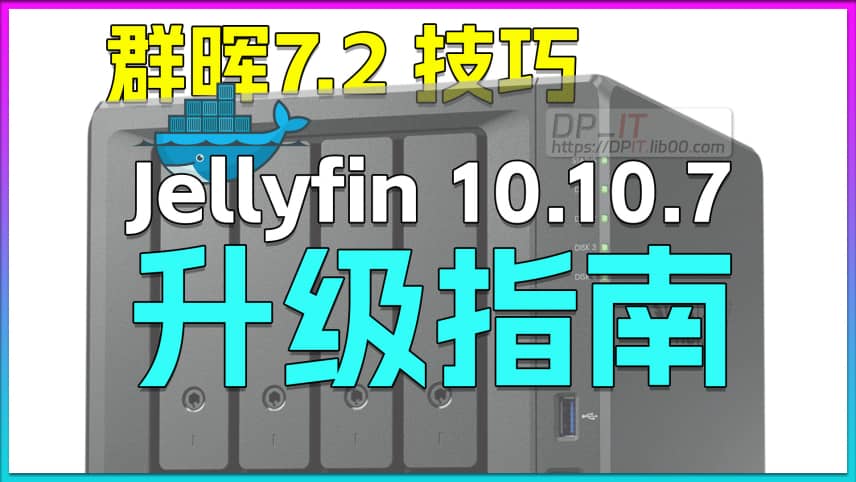
Synology 7.2 Jellyfin Upgrade ...
13:06 | 13Based on the N5105 CPU Synology DSM 7.2.1 system, ...

Split Fiction LAN Streaming Li...
06:52 | 3Gemini Twin in-game footage, one video shows you h...

Sunshine+Moonlight+IPv4 Remote...
15:02 | 17Using Sunshine+Moonlight to implement a remote gam...
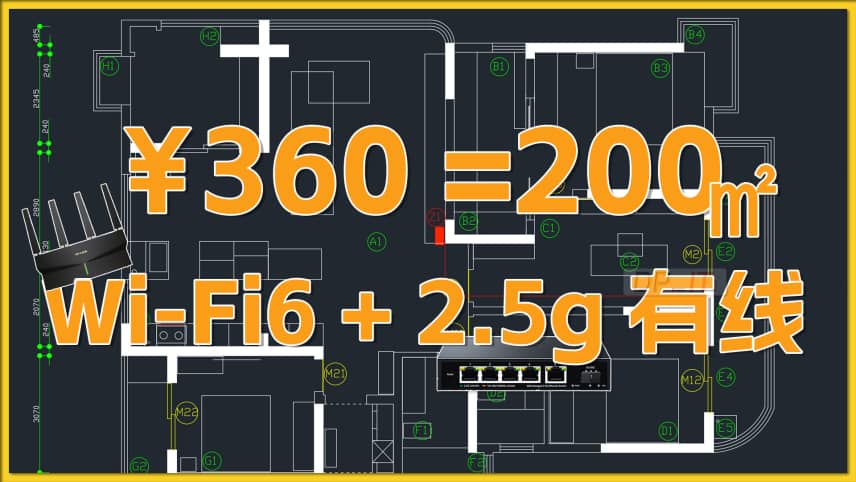
$55 200㎡ WiFi6+2.5G Network Up...
22:11 | 3360 yuan to complete a 200 sqm home network upgrad...
